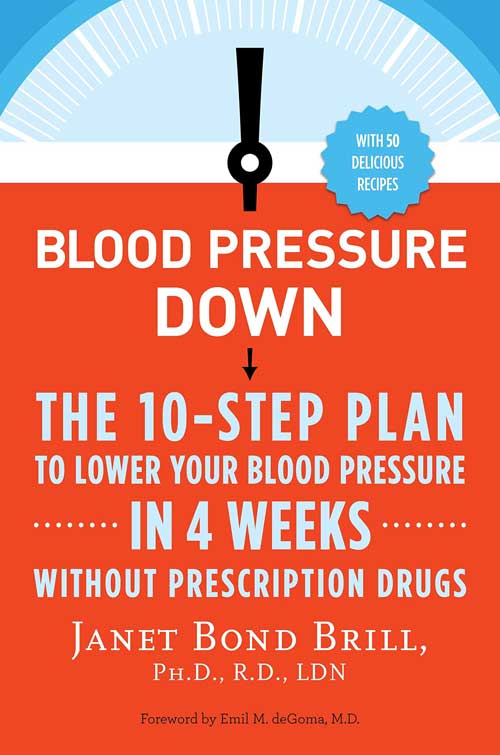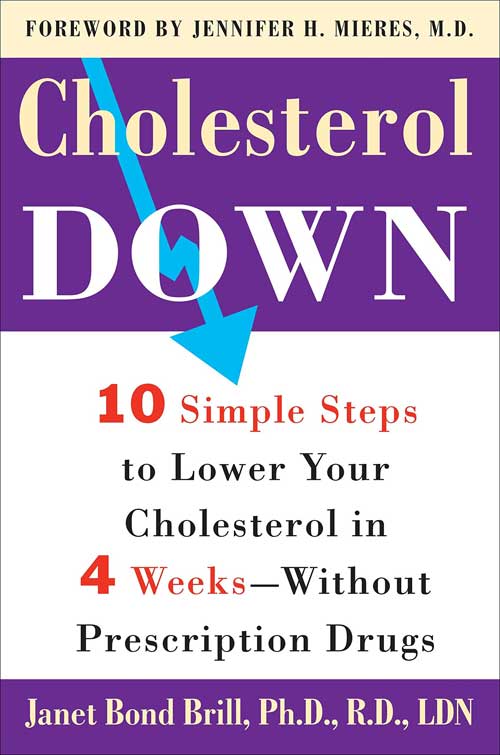By

Age-related macular degeneration (AMD or ARMD) is a leading cause of blindness in Americans 60 and older. For those living with macular degeneration, symptoms like blurred, crooked or reduced vision can be uncomfortable, to say the least. A chronic, progressive disease of the eye, macular degeneration is associated with loss of the sharp, center field of vision, difficulties with recognition and other frustrating, and often harmful effects. Thankfully, though, treatment is available. Keep reading for a complete overview of macular degeneration, which includes information on types, symptoms, treatment options and more.
First of all, there are two different types of macular degeneration: wet and dry. The following is a rundown of each type, as well as accompanying symptoms, causes, risk factors, etc.
Dry Macular Degeneration
This form of macular degeneration is characterized by the deterioration of the center of the retina. The most common form of this illness, dry macular degeneration is typically associated with age, and is known to produce symptoms like the following:
- The increasing inability to read or recognize faces, especially in dim lighting.
- Blurred, wavy, crooked or hazy vision.
- Reduced color intensity.
- Blind or blurred spots in the center field of vision.
- In advanced cases, visual hallucinations.
Although the damage caused by macular degeneration cannot be reversed, the proper treatment can slow or halt the disease’s progression, as well as prevent further damage to the eye. Typically, treatments like the following are recommended:
- Increased vitamin intake. One of the most common and effective natural cures for macular degeneration, increased intake of vitamins and minerals is often a first course of action in treating this disease. In most cases, high doses of zinc, copper and antioxidant vitamins like A, C and E are used to prevent complications and enhance vision. These vitamins are often taken in supplement form, but can also be found in a variety of fruits, vegetables and other natural foods.
- Telescopic implant. In patients with macular degeneration in both eyes, a telescopic lens can be implanted in one of the retinas. These implants magnify the field of vision, improve eyesight, and significantly enhance quality of life.
Wet Macular Degeneration
Wet macular degeneration typically produces the same symptoms and effects associated with the dry version. However, in cases of wet degeneration, patients experience a rapid onset and progression of symptoms. Also, wet macular degeneration is caused by abnormalities in the blood vessels, which cause them to leak blood or fluid into the area of the macula.
Due to blood vessel abnormalities associated with wet macular degeneration, the disease’s treatment is quite different than that of dry degeneration. For example, wet degeneration is typically approached in the following ways:
- Medication. Wet macular degeneration is often treated with drugs designed to correct blood vessel abnormalities. Although these medications won’t reverse damage, they will prevent a worsening of symptoms, and may even help improve vision.
- Laser therapy. In patients with this illness, laser therapy can be used to destroy defective blood vessels. These procedures prevent progressive vision loss and protect the macula from further damage.
It’s important to note that, as with most other illnesses, a healthy, natural lifestyle can help prevent macular degeneration, as well as lessen its intensity and slow its progression. Since risk factors for this illness include smoking, poor nutrition and other unhealthy habits, a balanced diet, regular exercise and other healthy lifestyle choices are essential in its prevention.
Although macular degeneration can be a frustrating, overwhelming condition, there are several ways to protect the eyes and prevent complications. With the information here, patients are better equipped to understand this disease, its symptoms and the available treatment options.











